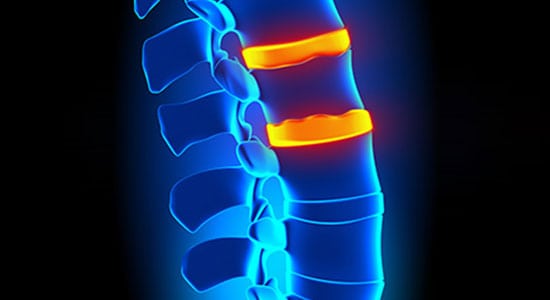


Common types of discomfort associated with disc degeneration that may improve with stem cell therapy include: When spinal disc height is restored, whether it’s with stem cell regeneration or surgery involving special hardware or artificial discs, patients often experience relief from bothersome symptoms. The stem cell injections facilitated the regeneration of non-cellular components found within all tissues, referred to as the extracellular matrix. However, it was only the discs injected with stem cells that recovered to within normal disc height levels. In all instances, some degree of recovery was observed after six months. Spinal height in the damaged discs in the sheep was reduced approximately 45 to 50 percent from what’s considered normal. The sheep were evaluated three and six months after stem cell/hyaluronic acid injections. For control purposes, some healthy discs were only injected with hyaluronic acid. The stem cells used for disc repair were combined with hyaluronic acid in varying doses. Study Preparationsįor the experiment conducted for the study, discs within the spines of sheep were purposely damaged with injections. Here’s a closer look at the results and what the future may hold for stem cells used for degenerative disc repair, shared by the trusted Beverly Hills spine surgeons from The Spine Institute. As is the case with other stem cells, mesenchymal precursor cells, which were used in the experiment analyzed in this study, can adapt the characteristics of different cells wherever they are used. What do sheep and humans have in common? According to results from a recent study, the answer could be experiencing relief from spinal disc damage with a certain type of adult stem cells.


 0 kommentar(er)
0 kommentar(er)
